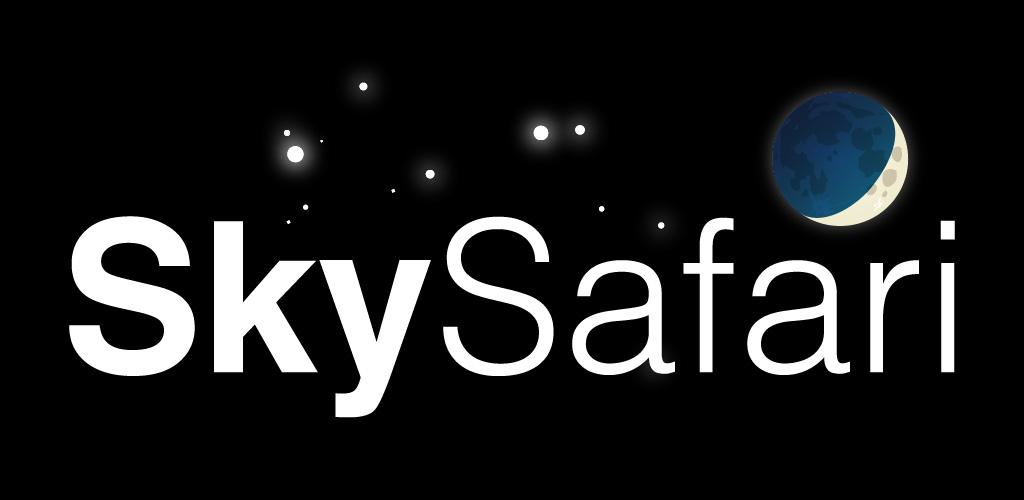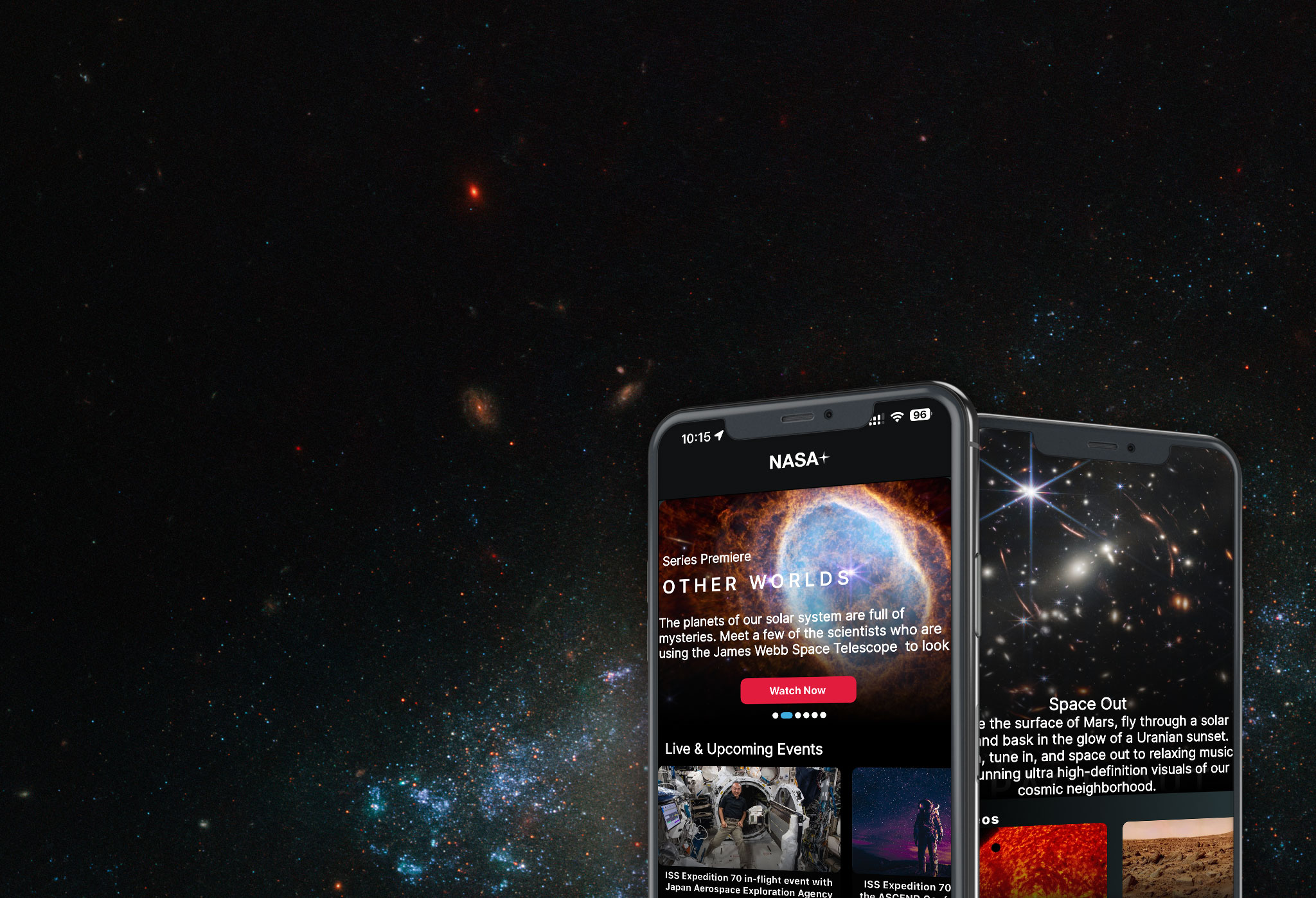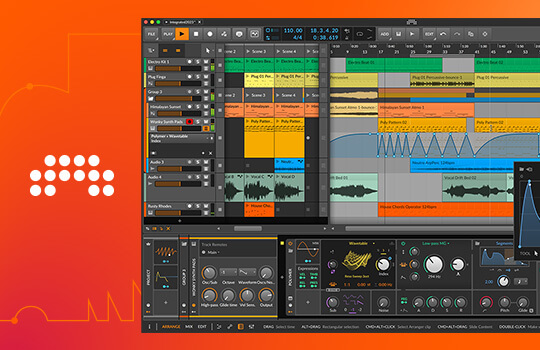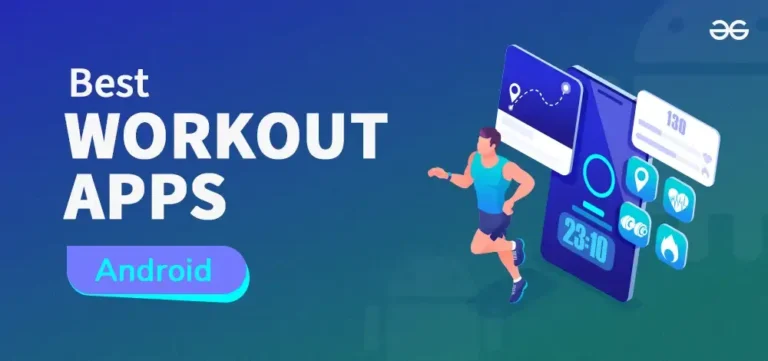7 best iOS apps for stargazing
Last Updated on May 25, 2024 by Jhonni Jets
Stargazing is a fascinating hobby that can be enjoyed from almost anywhere there is a clear night sky. With the help of a smartphone and the right apps, you can learn about the constellations, track celestial events, and even find your way around the stars without any expensive equipment. Here are the 7 best iOS apps for amateur and experienced stargazers alike to enhance their night sky watching experiences.
1. Star Walk 2

Star Walk 2 is one of the most full-featured and easy to use stargazing apps available. Simply point your phone at the sky and it will instantly identify the stars, constellations, planets, satellites, and deep space objects visible to the naked eye. It incorporates a database of over 200,000 celestial bodies. You can browse objects in augmented reality mode to see their positions relative to your location as well as learn interesting facts about each one. Star Walk 2 lets you easily plan your observing sessions by showing the rising and setting times of planets, view detailed 3D models of the solar system, and trackISS passes. This is a great all-in-one choice for casual stargazers and serious astronomers.
2. SkySafari

SkySafari is considered the gold standard app for serious amateur astronomers. It has an extremely comprehensive database and powerful tools for advanced users. Begin with the basic star map functionality to locate objects and constellations. Then dig deeper with telescopic views that take focal length, eyepiece, and other variables into account to show precisely whatwill be visible through your scope. Charts allow precise planning of observing sessions. Additional add-ons provide extras like satellite tracking, 3D augmented reality, and detailed planetary maps. Advanced filters let you customize exactly which stars, DSOs, and other objects appear. Customizable planetarium modes further enrich the experience. While it has a steeper learning curve than simpler options, SkySafari is indispensable for dedicated stargazers.
3. Star Chart

Star Chart provides a simple yet effective star map for casual stargazing. Just open the app, get your location, and it displays the sky directly overhead in an easy-to-understand format. Tap on any object for details like constellation names, magnitudes, and more. You can browse stars, nebulas, galaxies, and other DSOs. Adjustable filters allow focusing on specific types of objects and customizing the display. An equatorial view rotates to show the entire celestial sphere at once. A planisphere feature spins the sky to different dates and times for exploring the past and future. Star Chart is intuitive enough for beginners yet has enough functionality for more advanced spotting.
4. NASA App

Space enthusiasts will appreciate this must-have app from NASA. Besides real-time alerts about major rocket launches, ISS passes, and more, the NASA App offers a wealth of original astronaut photos, mission details, and multimedia content regularly updated from ongoing explorations. Interactive components bring the wonders of the universe to life in new ways. An augmented reality mode uses your camera to point out constellations, planets, and famous landmarks on other worlds in the night sky above. The deep space pictures feed is endlessly fascinating. Overall, this is a fun way for novice stargazers to simultaneously learn about astronomy and feel like they’re participating in current adventures at the cutting edge of space research.
5. Moon Viewer
Dedicated lunar observers will want Moon Viewer in their toolkit. This app excels at detailed lunar cartography, orientation, and tracking features. Simply enter your location to see the moonrise and moonset times as well as phase details for any date. Switch to live moon mode for an interactive augmented reality view matching your camera feed. Tap anywhere for coordinates, object names, and facts. Explore detailed maps of the lunar surface with 3D textures and elevation data. Coordinate bookmarks allow revisiting favorite craters and seas. Tracking lets you pan and zoom the textured globe while staying oriented. Additional features like eclipse predictions and moon phase animations round out this specialist picker’s app.
6. Night Sky

Night Sky provides a well-designed and accessible experience perfect for beginners. Just point your phone upward and it identifies the stars, constellations, and objects above using augmented reality. The surrounding display keeps everything easy to understand without overburdening with data. A built-in database contains over 100,000 heavenly bodies, and you can collect your favorite objects. An intuitive calendar shows the best upcoming opportunities for phenomena like meteor showers, eclipses, and conjunctions. Helpful guides, labels, and search functions take some of the initial guesswork out of the night sky. Night Sky makes astronomy approachable and fun for brand new stargazers.
7. PhotoPills

While not strictly an astronomy app, PhotoPills has must-have tools for advanced astrophotographers. Detailed maps allow precise planning of shots involving star trails, Milky Way rise/sets, optimal times for specific constellations or deep sky objects, and intricate astronomy timelapses. Adjustable parameters account for your location, camera/lens combinations, and exact dates. Virtual planners simulate night skies at different places and times. Additional modules schedule lunar/solar eclipses, comet alignments, conjunctions, and more advanced astronomy photography goals. A catalog features tutorials, timelapses and project organization. This expert tool gives keen astrophotography hobbyists total creative control over their next ambitious projects.
Conclusion
Modern smartphones put a universe of astronomical information and virtual telescopes right in our pockets. The apps highlighted here represent some of the best options for enhancing skywatching experiences, learning about celestial objects, participating in citizen science, and simply enjoying the awe-inspiring night sky. Whether a beginner just getting started or advanced observers planning serious astrophotography, there is an app perfectly suited for every level of interest in exploring above and beyond our little blue world.







